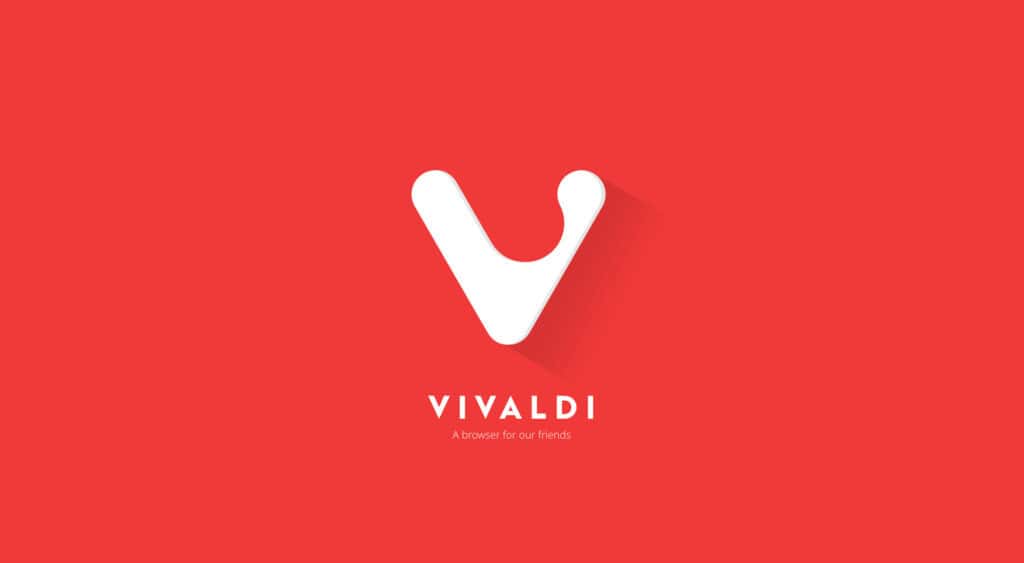If there’s one thing you can count on from the folks at Vivaldi, it’s that they’re always seeking to make their browser faster, better and more stable, while adding more features and functionality. One of the latest features they’ve added is something that’s going to appeal to users’ visual side.
According to a recent blog post, the company says that version 1.3 has added the following, major improvements:
- Custom themes
- Better mouse gestures
- Increased privacy
Let’s look at each new improvement in greater detail…
Custom themes
Themes that you can configure to your liking mean that you can have Vivaldi look exactly how you want it to on your desktop. Vivaldi’s theming engine offers quite a lot of deep customization options, more so than what’s ever been available in a browser before.
Customizing themes to suit your taste is very easy: Start by heading to Settings and then Themes. From there, select one of the many default themes and then click on the icon with the pen to edit it. Users have the freedom to change the background, foreground, highlight and accent colors to really spruce up their browser’s user interface.
Implement changes by either adding a hex code to each field or rely on the color picker.
Once you’re done, just give your new theme a unique name, and then click on “save.” Easy peasy.
Mouse gestures
Vivaldi has improved mouse gestures considerably in this latest release. Users are now able to navigate both browser and web content more efficiently than in prior versions.
Here’s the bottom line: This version adds more default mouse gestures, increasing the user experience. As a result, there are now more than 90 unique browser actions that can be performed through a mouse gesture. The level of customization has gotten very deep, which is what power users expect.
Added privacy
Privacy is always a very serious concern on the web. No one wants third parties tracking their browsing history and finding out their behavioral patterns from how they surf the web. Vivaldi has made protecting privacy a top concern in this latest version.
While WebRTC is arguably an interesting and powerful series of features (it provides video-chat, voice and file-sharing capabilities to your web brower natively inside of HTML), there is an unfortunate downside to it; for one thing, it makes users more vulnerable on the web by disclosing their IP addresses. Naturally, this gives rise to legitimate privacy concerns.
As a result, Vivaldi 1.3 allows users to now turn off WebRTC at their discretion. You can only have it on when you absolutely need it.
A bold vision for the browser
Finally, for Linux users, platform-specific updates arrive with this release. Tab hibernation gets a UX boost: This puts your tabs to sleep, thereby freeing up some much-needed system resources. Additionally, 1.3 offers improved support for proprietary media within HTML5.
Vivaldi always says that its mission is to make browsing safer, more productive, more fun and more personal for all. 1.3 takes a huge step in that direction.
